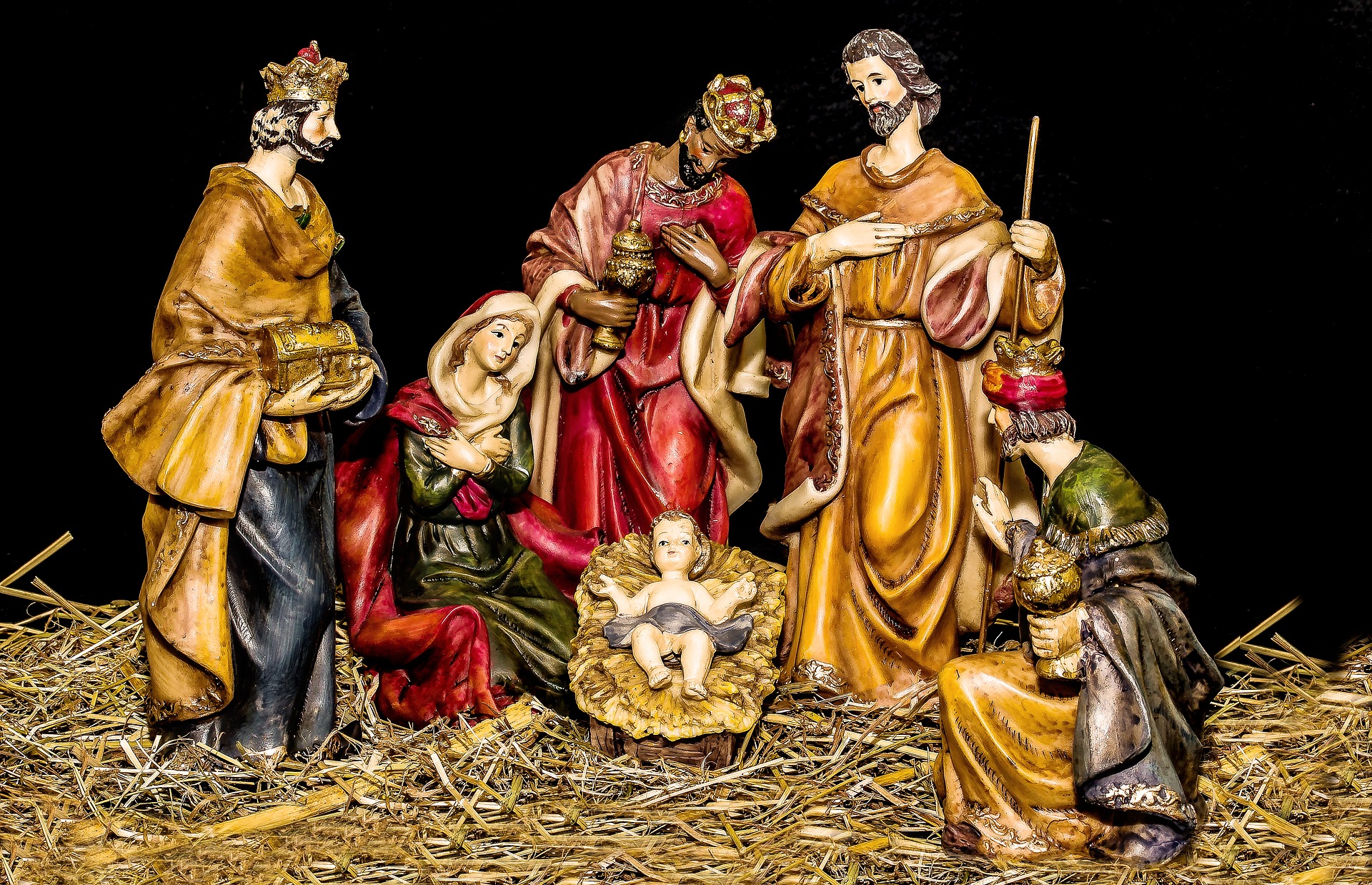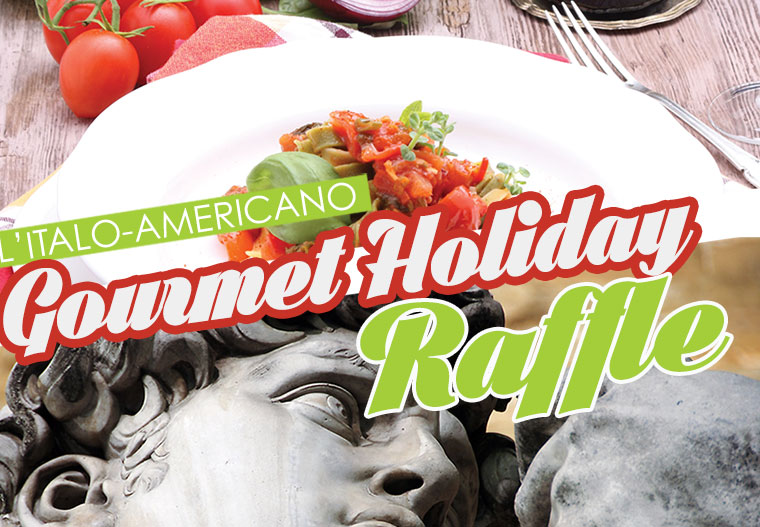Each Christmas season brings with it the telling and retelling of a familiar tale portraying the nativity of Jesus Christ. Camouflaged within the story are vague and obscure words, concealed in the rhetoric of Christmas tradition which we allow to pass without question.
The questions which seem most prominent are: (1) Were the wise men kings? (2) What is the meaning of the word magi? (3) How many wise men were there? (4) What is myrrh?
We’ll begin searching for answers about the exotic visitors from the East. Were they kings? Some people feel that the answer is written in the Book of Psalms of the Hebrew Bible, Chapter 72: Verses 10-11. “The kings of Tarshish and the Isles shall offer gifts, the kings of Arabia and Seba shall bring tribute. All kings pay him homage, all nations shall serve Him.”
The Book of Isaiah Chapter 60: Verse 6 reads, “Caravans of camels shall fill you, dromedaries from Median and Ephah; all from Sheba shall come bearing gold and frankincense, and proclaiming the praises of the Lord.” (You will notice there was no mention of the gift of myrrh.)
So, were they kings? Traditionally, the Christmas story often told is one of three kings called the magi who had traveled from the east to pay homage to the new-born King. The Gospel of Matthew, Chapter 2: Verses 1-2 reads, “Now when Jesus was born in Bethlehem of Judea in the days of Herod the king, behold, there came wise men from the east to Jerusalem, saying, ‘Where is he born King of the Jews? For we have seen his star in the east and are come to worship him.’”

The narration surrounding the birth of Jesus Christ is far from plentiful leaving the curious-minded with many unanswered questions.
But what is the meaning of the word magi and where did it come from? The word magi comes from the Greek magus in the original text of the Gospel of Matthew which translates to “wise men.” Magos is the same as the Persian word magus which is singular. The plural of magus is magi. It is a word which relates to the religious sect known as Zoroastrianism. The precepts of their religion obviously did not prohibit belief and worship of the Christ Child as their new King.
The wise men or magi were of a Median priestly sect who had risen to power in ancient Persia, known today as Iran. As part of their religion, these priests studied the stars and were internationally known for their knowledge of astrology and astronomy, which at that time were one in the same and considered a science. Their reputation for understanding the heavens preceded them. They were revered as highly educated scientists and scholars who could interpret dreams. It was also said that they had the power to control demons.
The third question seems to come out of left field. We have always believed that the wise men were three in number, so what’s the problem? Again the Gospel of Matthew reads, “…behold, there came wise men from the east to Jerusalem.” It does not tell us how many wise men there were.
One source referencing Zoroastrianism indicates that the magi traditionally traveled in numbers of twelve. If this is true, why do many of us believe that there were three? The answer may lie with the Matthew’s Gospel narration, “...they presented unto him gifts; gold and frankincense and myrrh.” According to this account, it would seem that since the number of gifts presented by the magi were three, one could reasonably assume that they must have been given by three individuals and doubtful that a group of twelve would have offered only three.
This leads us into the fourth question: What is myrrh? It is a haunting word which seems to attach itself to each Christmas season as an elusive ghost of Christmases past and present and leaves us without the slightest understanding of its meaning.
Myrrh is a resin which comes from trees belonging to the genus Commiphora which are native to North Africa and the Middle East. The word myrrh comes from the Arabic word “murr” which translates into “bitter,” yet it is a sap-like substance with a sweet smoky aroma. It also has a wide range of uses including the making of perfume, incense and medicine. It has been used in the process of embalming and is believed to have been used to remedy toothaches. Myrrh came in the form of a gum or oil and was commonly carried into the battlefield by the ancient Greeks who used it as an antiseptic to treat their wounded soldiers.
It seems that each Christmas season inspires the creativity of new stories and twists on old ones. The personalities of the three exotic visitors from the east were non-existent until about eight centuries after the birth of Christ. At that time there lived in England one known as Saint Bede the Venerable who described the magi in some detail, although the source from which he acquired his information is unclear.
Bede begins by naming Melchior as the King of Persia, and describes him as an old man with white hair and a long beard. It was Melchior who offered the gift of gold.
The second was the King of India named Gaspar, described as a youthful beardless man, with a ruddy complexion who offered the gift of incense. This gift had special significance since it was symbolic of homage due to Divinity.
The third was the King of Arabia, described as a black man with a heavy beard by the name of Balthasar. It was Balthasar who gave the gift of myrrh.
Whether one chooses to believe that the magi were kings or priests of a strange-sounding religion seems unimportant. The chronicle of these events may simply be an allegory suggesting that all those worshiping the Christ Child are blessed with the wisdom of the magi.
































